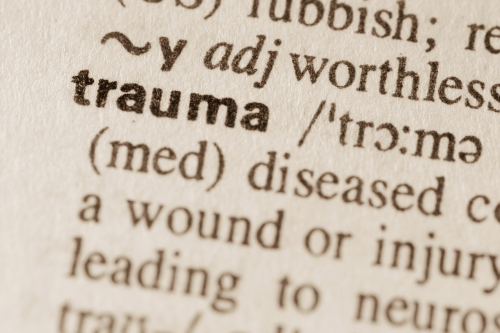Trauma Bonding Examples: Understanding the Cycle and Breaking Free
Definition of Trauma Bonding
The term trauma bonding refers to the emotional attachment an abused person forms with an abusive partner due to a cycle of abuse. This bond develops through intermittent reinforcement, where the abusive individual alternates between kindness and abusive behavior, making it hard for the victim to leave the relationship.
Types of Trauma Bonds
Trauma bonds can form in various types of relationships, including:
- Romantic partnerships – A romantic partner uses a trauma bonding cycle to create unhealthy attachments through control and affection.
- Family relationships – A child develops a dysfunctional attachment to a primary caregiver who inflicts emotional abuse or physical abuse.
- Workplace dynamics – An employer fosters attachment trauma through psychological abuse and negative reinforcement while offering occasional positive reinforcement.
- Elder abuse – An elderly person may remain attached to an abusive caregiver due to dependence and avoidant attachment style.
True Trauma Bonding
Actual trauma bonding occurs when a victim deeply believes that their abusive person is their source of security, despite enduring traumatic experiences.
Manufactured Relational Tethers
Some abusers in trauma bonding intentionally create dysfunctional relationships by using guilt, fear, and inappropriate behaviors to keep the victim emotionally dependent.

Emotional and Psychological Mechanisms
Trauma bonds are reinforced through several tactics, including:
Love Bombing
During the bombing phase, the abusive individual showers the victim with intense affection, gifts, and compliments. This creates an emotional addiction and sets up a pattern of abuse where the victim craves those positive feelings.
Manipulation
Gaslighting, blame, and blurred realities make the victim doubt their perception of the abusive situation. The abuser in trauma bonding ensures the victim remains confused about what is real.
Dependency
The victim becomes financially and emotionally reliant on their abusive partner, increasing attachment insecurity and insecure attachment.
Seven Stages of Trauma Bonding
Stage 1: Creation of Dependence
The abusive cycle begins with trust-building, making the victim see the abusive person as their person for comfort.
Stage 2: Cycle of Abuse
The cyclical pattern of kindness followed by abusive incidents causes emotional distress and physical symptoms like panic attacks.
Stage 3: Emotional Hook
The victim holds onto positive reinforcement and justifies the abusive behavior as part of a healthy relationship.
Stage 4: Isolation
The abusive individual removes outside influences, forcing the victim to rely solely on them for daily life support.
Stage 5: Reconciliation
After a traumatic event, the abusive person uses moments of affection to draw the victim back in.
Stage 6: Trauma Bonding
At this point, the victim experiences trauma bond withdrawal symptoms, feeling intense fear at the thought of leaving.
Stage 7: Permanent Attachment
The trauma bond relationship becomes deeply ingrained, making the victim see the abusive individual as their only emotional lifeline.
Real-Life Examples of Trauma Bonding
- A woman stays with a romantic partner who commits intimate partner violence because he apologizes and shows intense feeling of regret.
- A child remains loyal to an abusive caregiver, despite evidence-based trauma therapies showing clear harm.
- An employee stays in a toxic relationship with their employer due to ongoing abuse and occasional positive feelings.
Signs of a Trauma Bond

Difficulty Breaking Free
A victim may struggle with trauma bond withdrawal, experiencing psychological distress and physical symptoms when attempting to leave.
Justifying Unhealthy Behaviors
Victims normalize unhealthy patterns, believing the abusive individual will change.
Feeling Incomplete Without the Partner
They develop an emotional connection so strong that leaving feels like losing a part of their entire life.
Recognizing Patterns in Relationships
Many survivors of Domestic Abuse notice repeated trauma bonding situations in intimate relationships.
Strategies to Break Free from Trauma Bonds
Safety Planning
A victim in a trauma bond relationship should seek legal advice, develop an exit strategy, and identify mental health resources.
Seeking Professional Help
A licensed therapist or trauma-informed therapist can help through Trauma-focused CBT and Betrayal Trauma Recovery Group Sessions.
Practicing Self-Care
Building healthy bonds, setting boundaries, and accessing intimate partner violence support are essential for recovery.
Access Therapy and Mental Health Support
Individuals who have endured Domestic Violence and Sexual Abuse can greatly benefit from the expertise of mental health professionals who offer personalized guidance and practical strategies specifically designed to aid in their healing journey. Escaping the grips of trauma bonds can be an incredibly difficult and complex process; however, when survivors receive appropriate support and insights from qualified health professionals, they can successfully regain control over their lives, paving the way to establish healthier and more fulfilling connections with others.










